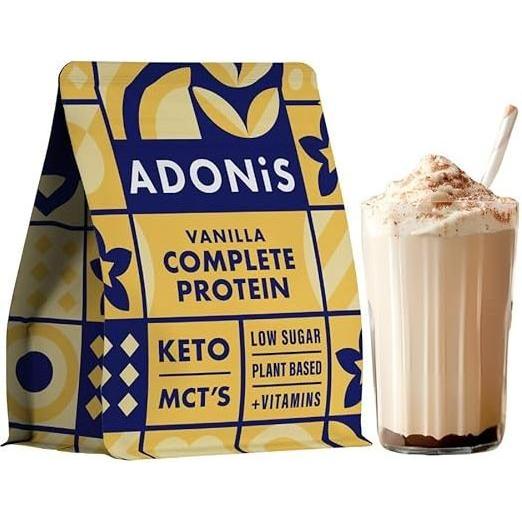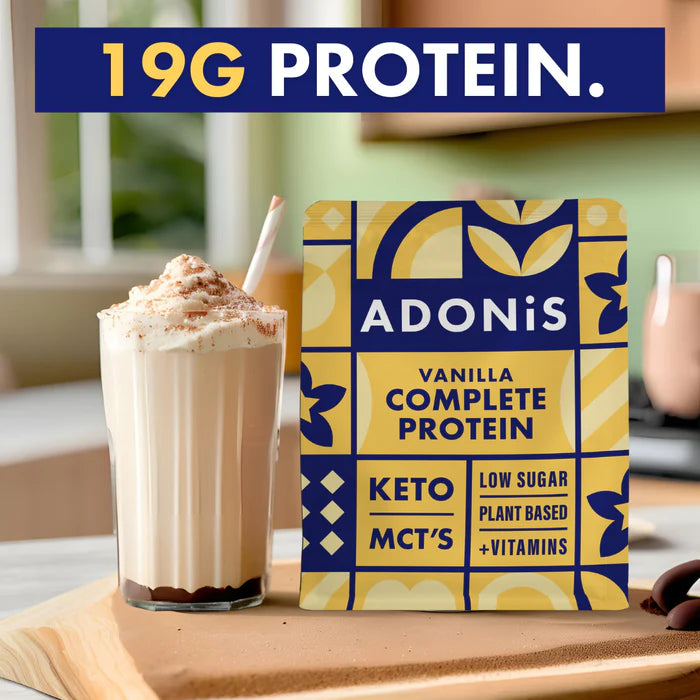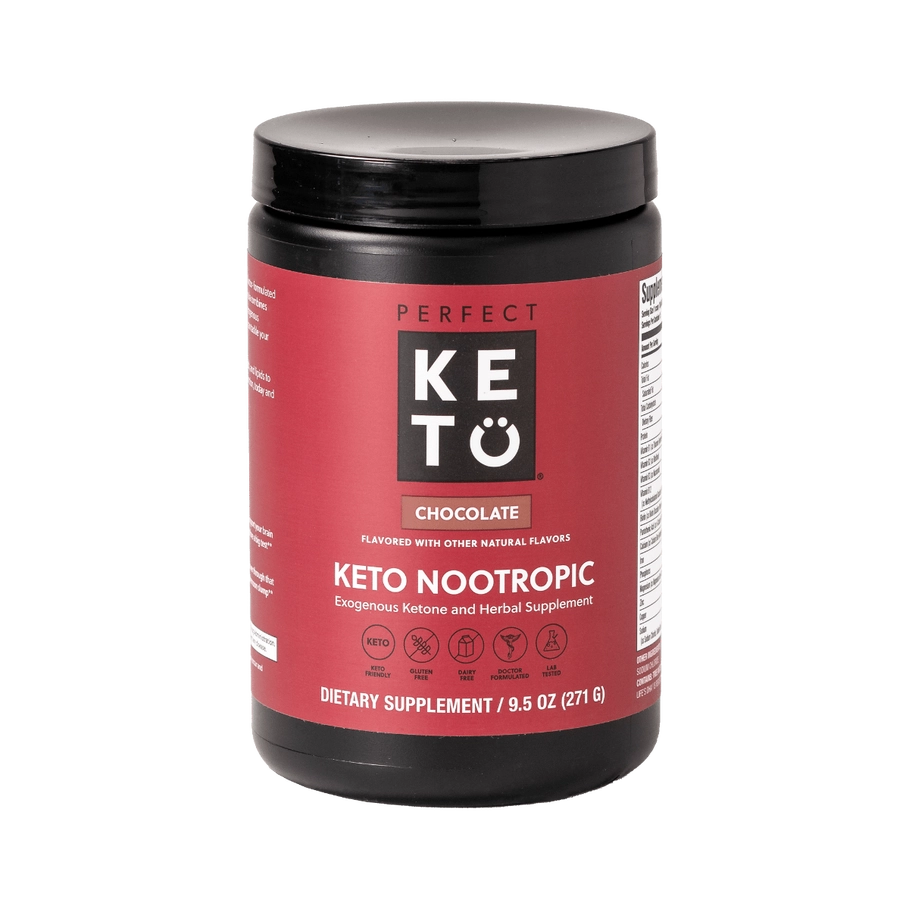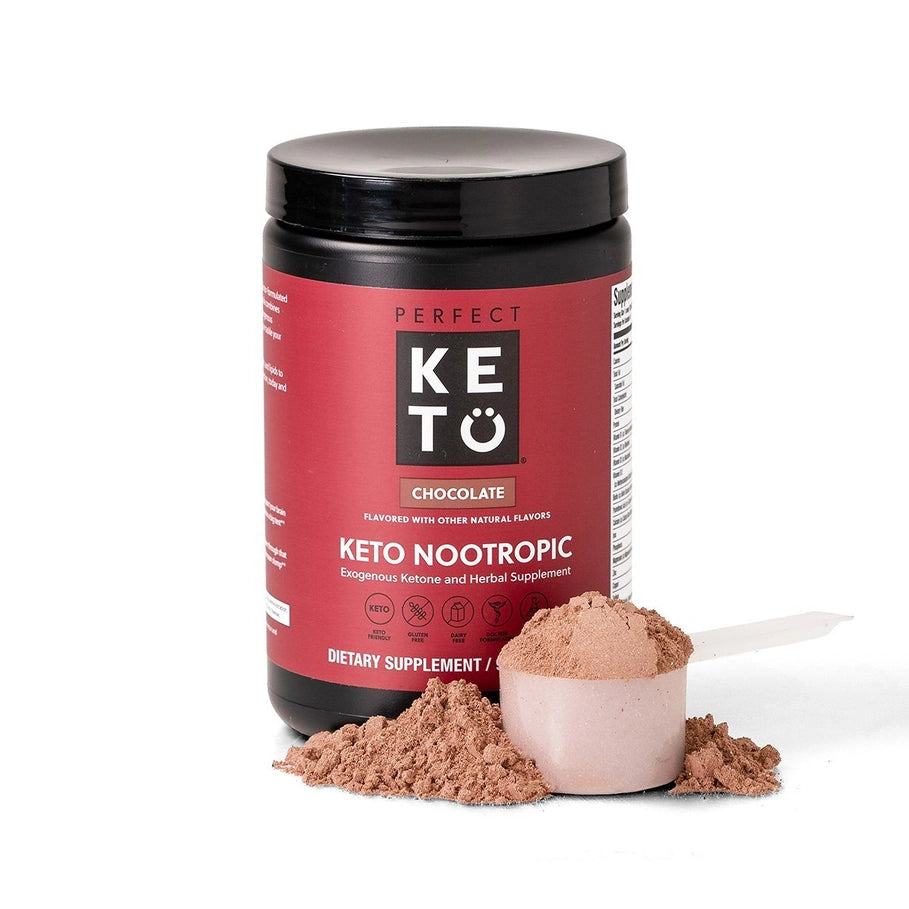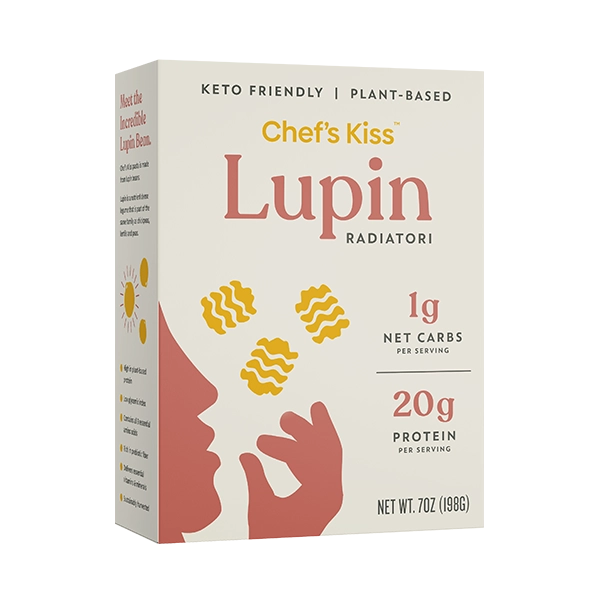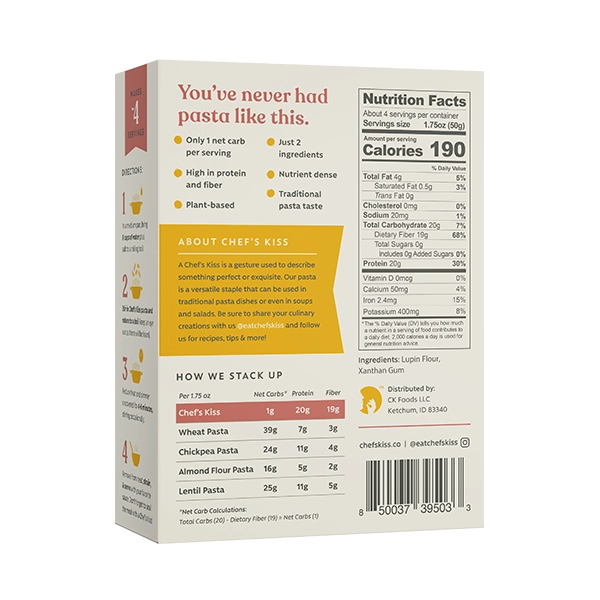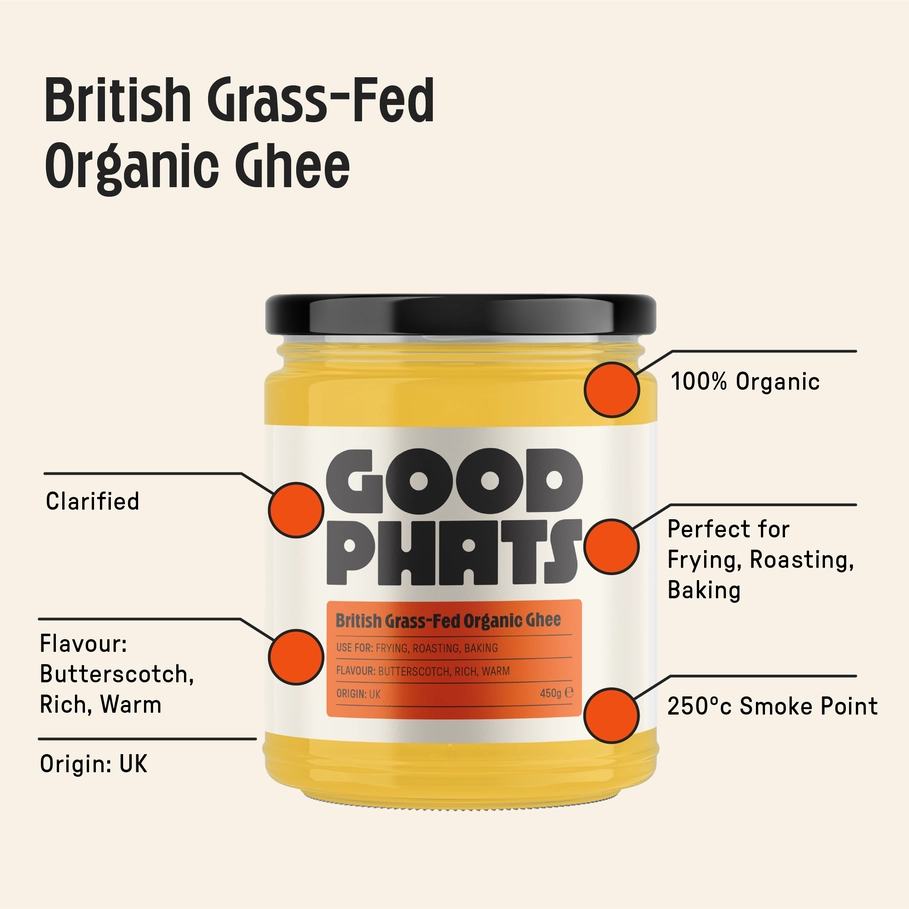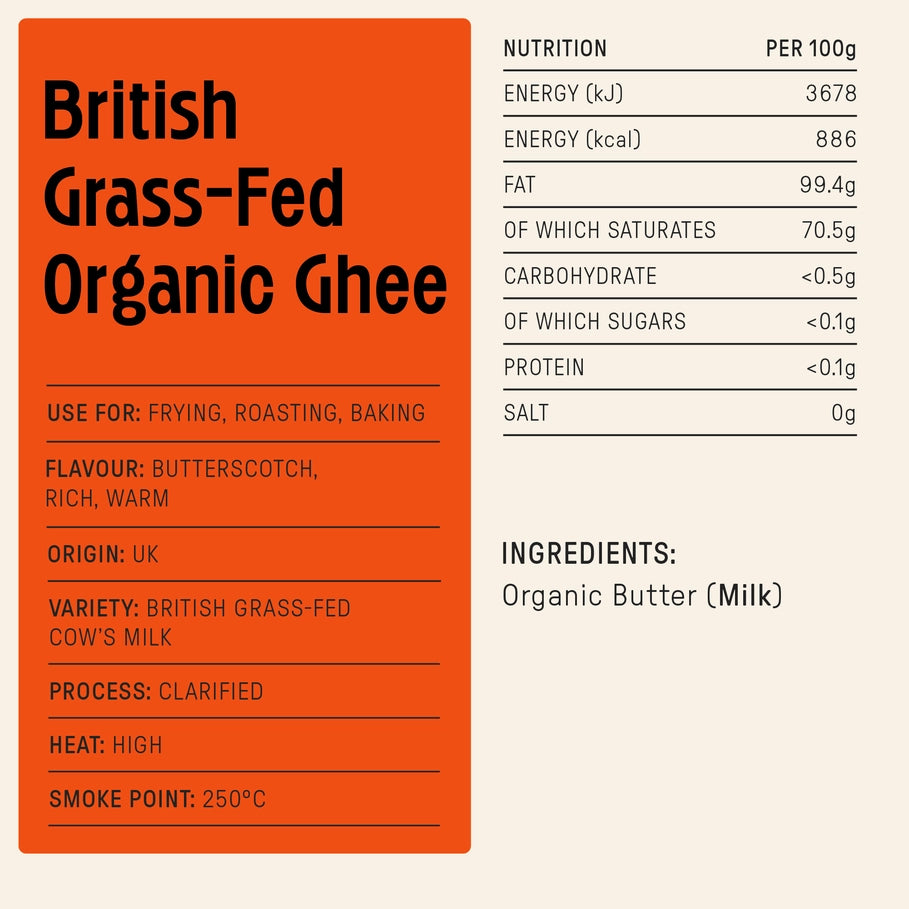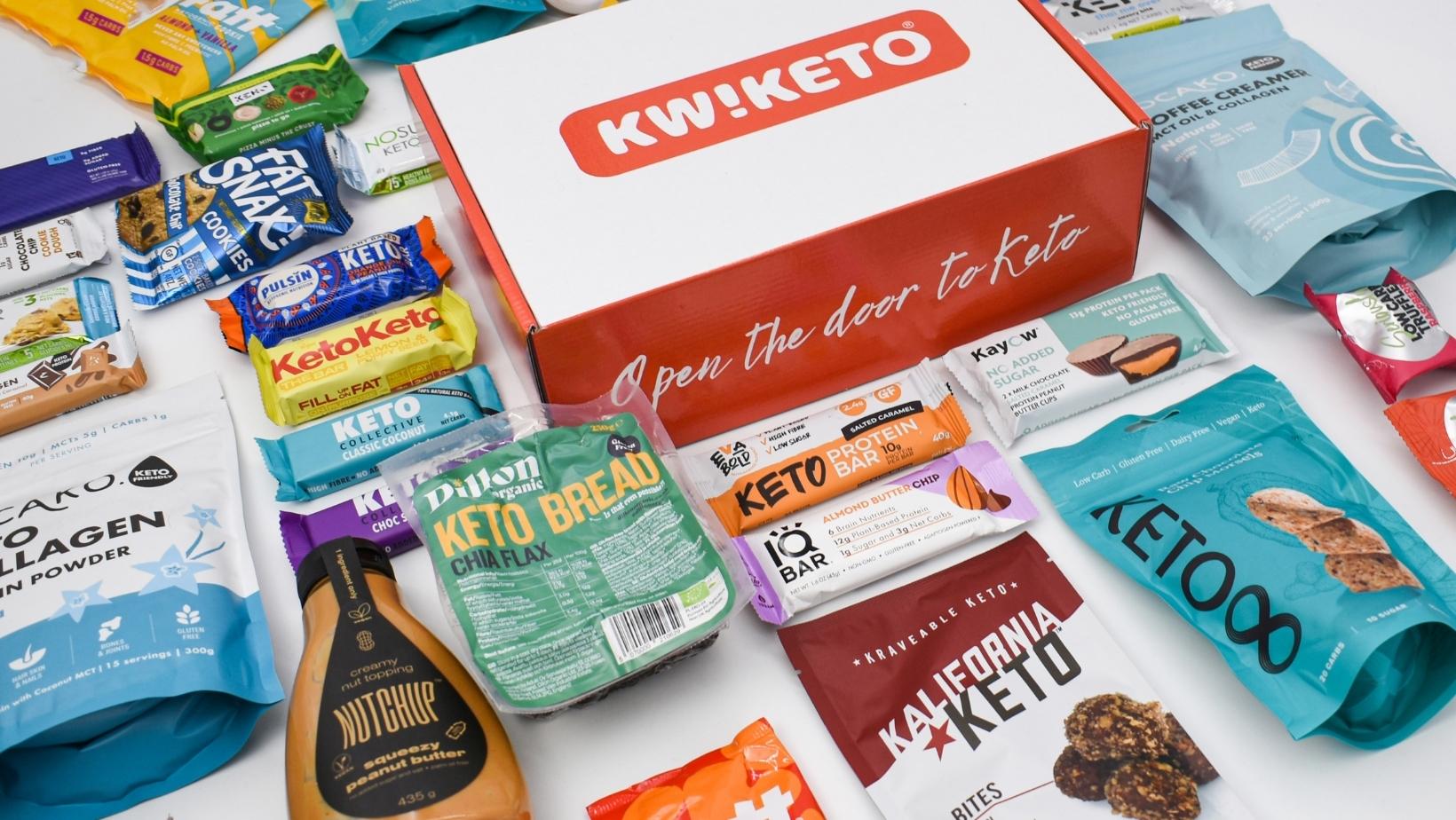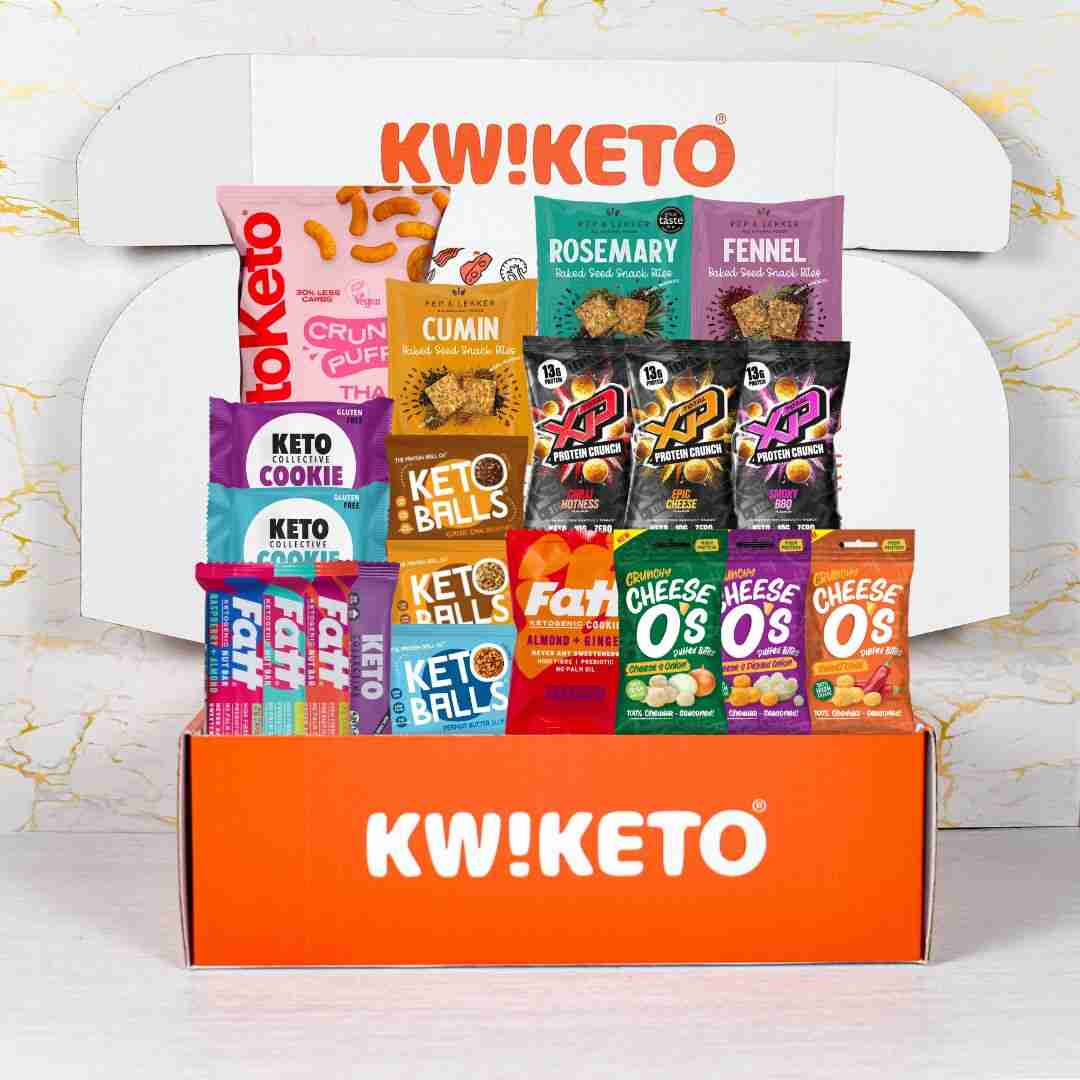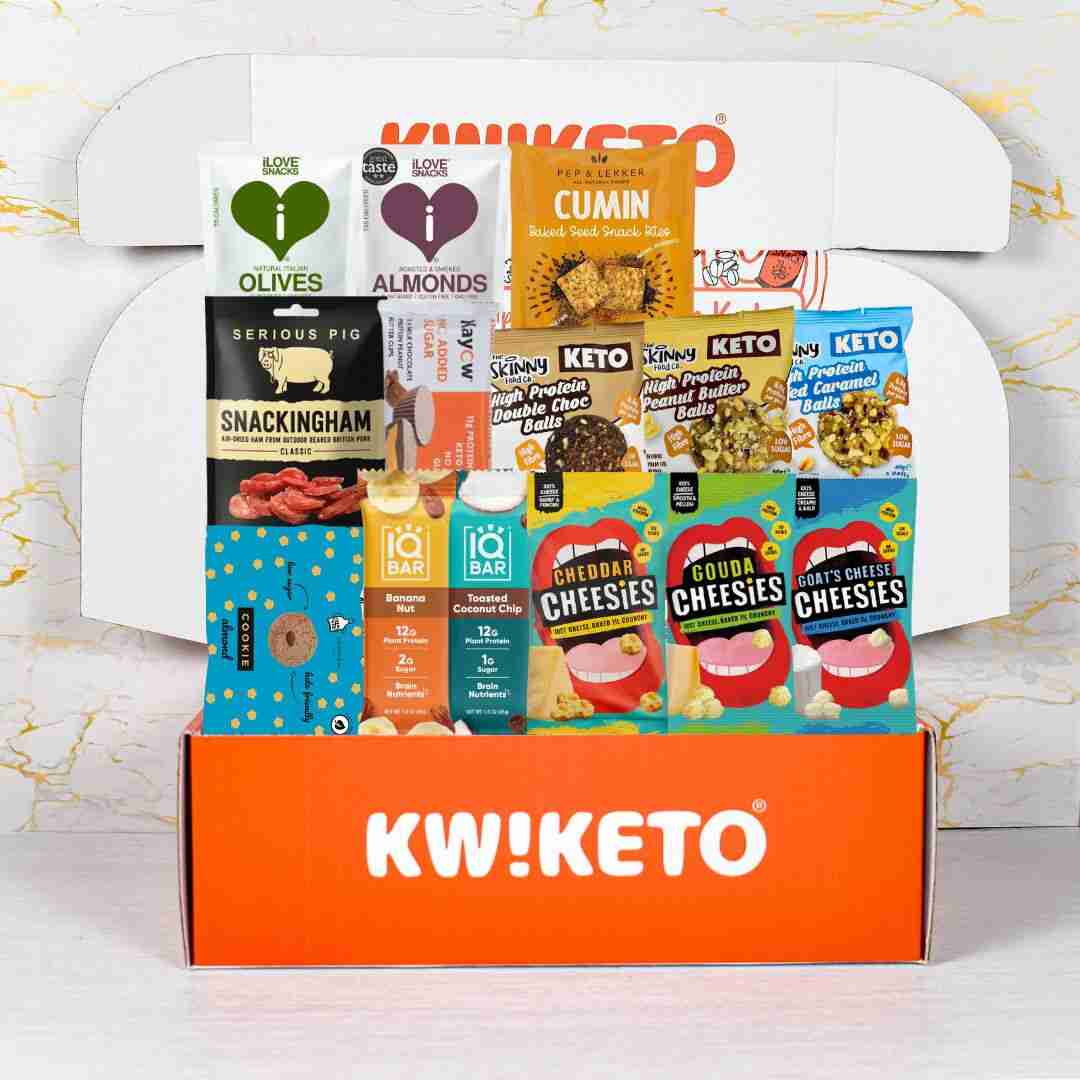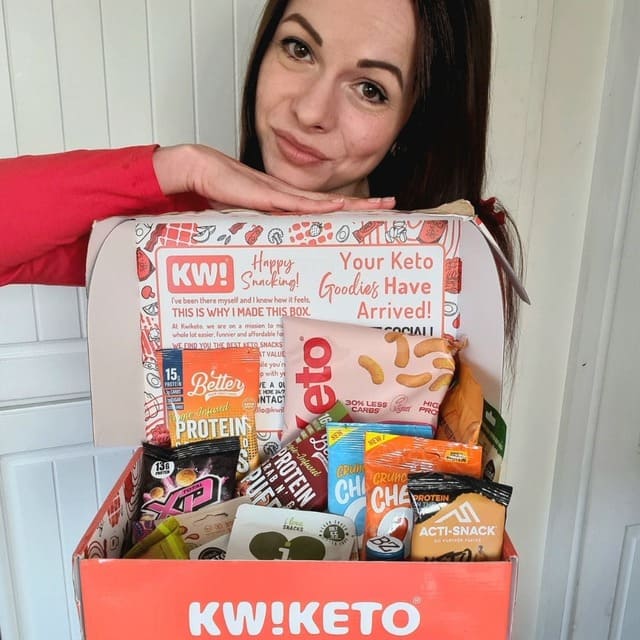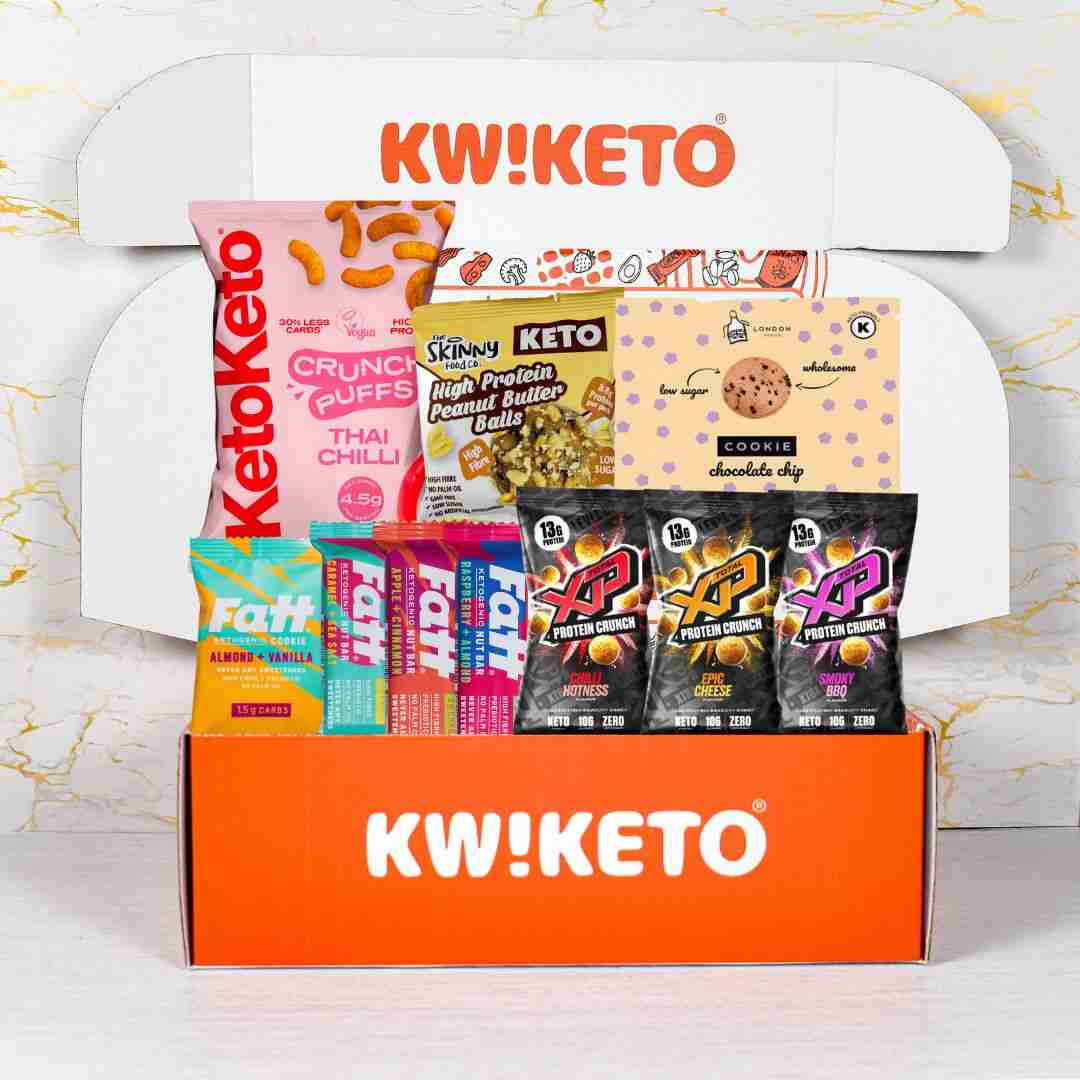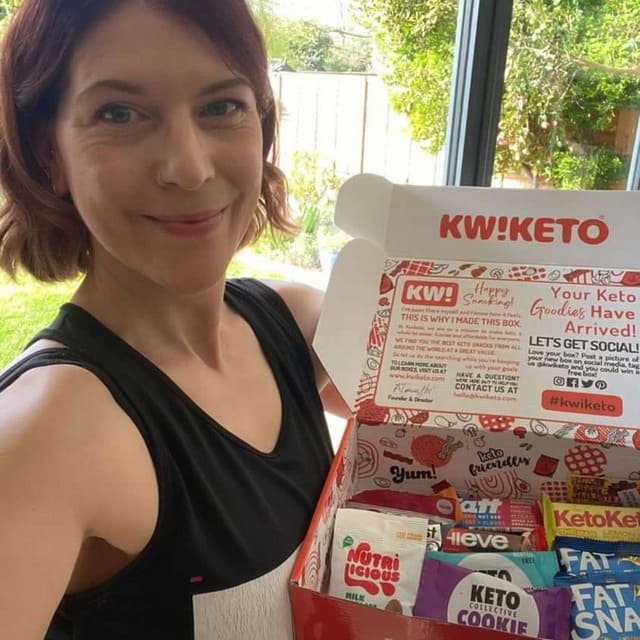
Best Keto Bread Guide: Real Taste Without the Carbs
Are you craving the best keto bread that actually satisfies your sandwich needs without kicking you out of ketosis? While the average person on a keto diet needs to keep carbohydrate intake under 50 grams daily, a single slice of traditional bread can consume most of that allowance.
However, creating bread alternatives that maintain ketosis doesn't mean you have to sacrifice taste. The best keto bread recipes combine ingredients like almond flour, coconut flour, flaxseed meal, and psyllium husk powder to create dense, filling options. In fact, some store-bought varieties like Julian Bakery's Keto Thin Bread contain 0 grams of net carbs while providing 12 grams of fat and 8 grams of protein per serving. Additionally, when searching for what is the best keto bread to eat, options like Sola Bread (1-2g net carbs) and Thin Slim Foods Zero Net Carb Bread offer impressive nutritional profiles without compromising flavor.
Despite these store-bought options, nothing beats the satisfaction of making your own best tasting keto bread at home. For example, cloud bread requires just three simple ingredients: eggs, cream cheese, and sea salt. This versatility allows you to customize your bread experience while staying firmly in ketosis.
In this guide, we'll walk you through everything you need to know about creating keto-friendly bread that actually tastes like the real thing – no cardboard texture or strange aftertaste included.
What Makes a Keto Bread Taste Like Real Bread
Creating keto bread that mimics traditional bread remains one of the biggest challenges for those following a ketogenic lifestyle. The search for the best keto bread often leads to disappointment due to fundamental differences in ingredients and structure.
Understanding texture and mouthfeel
Traditional wheat bread offers a satisfying chew with a soft, fluffy interior and crispy crust. On the contrary, keto bread typically has a more cakey and tender texture [1]. This difference exists primarily because most keto breads lack gluten, the protein that gives traditional bread its characteristic elasticity and chewiness.
Furthermore, achieving those desirable air pockets found in regular bread proves difficult in keto recipes. Many bakers consider air pockets their #1 challenge when developing the best keto bread recipe [2]. Yet some successful recipes incorporate techniques like whipping egg whites to soft peaks, which adds fluffiness and reduces density [3].
The role of ingredients like almond and coconut flour
Almond and coconut flours serve as the foundation for most keto breads, each contributing differently to the final product:
Almond flour creates a pleasantly nutty, slightly sweet flavor profile [4] and contributes to a larger, softer crumb [5]. It produces bread that's less firm and less chewy compared to other low-carb options [5].
Coconut flour, meanwhile, is significantly more absorbent than almond flour [6]. This property means it requires more moisture—typically from eggs—which affects both texture and taste. The standard substitution ratio is important: 1 cup of almond flour equals just 1/4 cup of coconut flour [6].
Why traditional bread taste is hard to replicate
Even the best tasting keto bread can't perfectly match traditional bread because the base ingredients fundamentally differ. Wheat flour contains starches and gluten that create specific reactions during baking that low-carb alternatives simply cannot replicate.
Consequently, many recipes incorporate additional ingredients to compensate for these differences. Psyllium husk powder helps mimic the texture of whole-wheat bread [4], while xanthan gum provides sturdier structure, making the bread easier to slice without crumbling [4]. Similarly, adding vinegar or lemon juice can improve rise and reduce the distinct 'eggy' taste that plagues many keto breads [7].
Despite these challenges, with the right techniques and ingredient combinations, you can create satisfying best keto bread to make at home that closely resembles the real thing.
How to Choose the Best Keto Bread to Make
Selecting the right ingredients for your best keto bread recipe requires understanding what makes a truly ketogenic bread both nutritious and satisfying. Whether you're making your first loaf or refining your technique, these criteria will help you choose wisely.
Check net carbs and fiber content
When evaluating keto bread options, pay close attention to the carbohydrate content. Traditional white bread contains approximately 22 grams of carbs per slice, whereas quality keto alternatives range from just 1 to 1.8 grams of net carbs per slice [8]. Look for breads with at least 5 grams of fiber per serving to help stabilize blood sugar levels [9].
Although many products highlight 'net carbs' (total carbs minus fiber), this calculation can be misleading. Neither the FDA nor the American Diabetes Association officially recognizes net carbs [10]. For the most accurate assessment, focus on total carbohydrates instead.
Avoid added sugars and artificial ingredients
The best tasting keto bread contains minimal additives. When examining ingredients, watch for:
-
Added sugars (including cane sugar, maple syrup, and honey)
-
Refined seed oils (canola, soy) which can promote inflammation
-
Artificial preservatives and texture enhancers
Choose bread with no more than 1 gram of added sugar per slice [11]. If sweetness is desired, look for natural alternatives like stevia, monk fruit, or allulose that won't affect blood glucose levels [11].
Look for high protein and healthy fats
High-quality keto bread should support your macronutrient goals with substantial protein and healthy fats. Aim for recipes containing 4-6 grams of protein per serving to increase satiety [9]. Some exceptional options provide up to 10-12 grams of protein per slice [8][12].
Recipes using full-fat ingredients like cottage cheese or Greek yogurt create more satisfying bread compared to fat-free alternatives [8]. Furthermore, ingredients like flaxseed, chia, and other seeds not only add nutritional value but also contribute beneficial omega-3 fatty acids [11].
The ideal loaf combines these elements to create the best keto bread to make at home—low in carbs, high in fiber and protein, free from problematic additives, and featuring healthy fats that support ketosis while actually tasting good.
Best Keto Bread Recipes You Can Make at Home
Diving into the world of homemade keto bread opens up exciting possibilities for maintaining ketosis while enjoying your favorite sandwiches and toast. These five recipes stand out as the best keto bread options you can create in your kitchen.
Cloud bread (Oopsie bread)
This light, airy creation earns its name from its cloud-like texture. Initially developed during the 1970s Atkins diet era, cloud bread requires just eggs, cream cheese (or mascarpone), and cream of tartar [13]. The egg whites must be whipped until stiff peaks form, creating that distinctive fluffy texture. With virtually zero net carbs and 8 grams of protein per serving, cloud bread makes an excellent base for open-faced sandwiches [14]. Store leftovers in the freezer with wax paper between slices for easy defrosting [15].
Almond flour bread
Almond flour bread delivers a nutty, slightly sweet flavor profile that works wonderfully for everyday sandwiches. A quality recipe typically contains just 2g net carbs per slice [16]. The ideal loaf combines almond flour with psyllium husk powder, which creates a chewy texture reminiscent of wheat bread. For best results, allow your almond flour bread to cool completely before slicing - typically overnight. This patience prevents the gummy interior that disappoints many bakers.
Coconut flour bread
Coconut flour offers an excellent alternative for those with nut allergies. Since it absorbs significantly more moisture than almond flour, recipes typically require numerous eggs - often 5-6 per loaf [17]. The bread resembles soft wheat bread with a mild coconut flavor, containing approximately 1 gram net carbs per slice [18]. Toasting coconut flour bread enhances both texture and flavor, effectively eliminating any eggy taste [17].
Psyllium husk bread
Psyllium husk powder creates keto bread with remarkable similarity to sourdough or whole wheat bread. This fiber-rich ingredient provides the chewy texture many miss in keto baking. A typical loaf contains about 3 net carbs per slice [19]. The recipe must be followed precisely, as ambient moisture affects ingredients substantially [20]. For best results, use a digital kitchen scale rather than measuring cups to ensure accuracy.
Cheese-based keto bread
Perhaps the simplest option, cheese-based bread requires minimal ingredients - primarily cheese, eggs, and sometimes almond flour [5]. Baking in a preheated skillet creates a uniquely crusty exterior with a moist interior [5]. Typically containing 2.6g net carbs per slice, cheese bread works wonderfully alongside soups or salads [5]. Additionally, its rustic, shaggy texture makes it an excellent substitute for traditional cornbread.
Tips to Improve Taste and Texture of Homemade Keto Bread
Even the most carefully selected ingredients won't guarantee perfect best keto bread without mastering a few essential techniques. These simple adjustments can transform your homemade loaf from mediocre to magnificent.
Use vinegar or lemon juice for better rise
Adding just one teaspoon of apple cider vinegar to your best keto bread recipe creates a game-changing chemical reaction. When combined with baking powder, vinegar produces extra air bubbles that help the bread rise more effectively, resulting in an airy, cloud-like texture. Moreover, this tiny addition contributes a subtle tang that enhances the overall flavor profile, mimicking traditional sourdough. If you don't have vinegar on hand, substitute with double the amount of lemon juice for similar results.
Let the bread cool completely before slicing
Patience proves essential after baking your best tasting keto bread. Unlike traditional bread, keto varieties remain extremely fragile when hot but firm up substantially as they cool. Cutting into the loaf too soon often results in a gummy, collapsed texture. Allow your bread to cool fully—ideally overnight—before slicing. This waiting period allows the internal structure to set properly, subsequently improving both texture and sliceability.
Toast for better texture
Toasting transforms the eating experience of almost any best keto bread to make at home. The process enhances the bread's structural integrity while bringing out nutty undertones from almond or coconut flour. Nevertheless, be aware that keto bread typically requires longer toasting times than conventional bread. For optimal results, consider using a toaster oven or skillet with butter instead of a standard toaster, which often burns the outside before warming the center.
Add herbs and spices for flavor
Elevate what is the best keto bread to eat by incorporating flavorful additions. Fresh rosemary, thyme, and oregano create an Italian-inspired loaf perfect for savory applications. Alternatively, sprinkle in garlic powder and parmesan for a cheese bread variation. For breakfast options, cinnamon and sugar-free sweetener create a delightful base for French toast. Specifically, seeds like caraway enhance the rustic flavor, while everything bagel seasoning transforms a plain slice into something extraordinary.
Conclusion
Finding the perfect keto bread certainly requires experimentation and patience. Throughout this guide, we've explored what makes traditional bread so difficult to replicate on a ketogenic diet, yet also discovered numerous solutions that deliver satisfying results without compromising your low-carb lifestyle.
Whether you choose almond flour for its nutty profile, coconut flour for its versatility, or psyllium husk for that authentic chew, each ingredient brings unique properties to your baking endeavors. Additionally, techniques such as whipping egg whites, incorporating apple cider vinegar, and allowing proper cooling time significantly enhance both texture and flavor.
After all, the best keto bread balances nutritional needs with taste expectations. Therefore, prioritize options with minimal net carbs, substantial fiber, quality protein, and healthy fats while avoiding unnecessary additives. Consequently, your bread will support rather than sabotage your ketogenic journey.
Most importantly, remember that each loaf becomes better with practice. You might prefer cloud bread for its simplicity one day, then crave the heartiness of psyllium husk bread the next. Likewise, what works perfectly in one kitchen might need adjustments in another due to differences in ingredients, altitude, or humidity.
Armed with these recipes and techniques, you can now enjoy sandwiches, toast, and bread-based comfort foods without worrying about breaking ketosis. Thus, your keto lifestyle becomes more sustainable and enjoyable when favorite foods remain on the menu, albeit with thoughtful modifications.
The perfect slice of keto bread awaits you—one that satisfies cravings, supports nutritional goals, and finally answers the question of what truly makes the best keto bread. Happy baking!
FAQs
Q1. What makes keto bread different from regular bread? Keto bread is made with low-carb ingredients like almond flour, coconut flour, and psyllium husk instead of wheat flour. It typically has a denser texture and lacks gluten, which affects its rise and chewiness. However, with the right techniques, keto bread can closely mimic traditional bread's taste and texture.
Q2. How can I make my keto bread taste more like regular bread? To improve the taste of keto bread, try adding a teaspoon of apple cider vinegar or lemon juice to enhance rise and flavor. Incorporating herbs and spices can also boost taste. For better texture, allow the bread to cool completely before slicing, and consider toasting it before eating.
Q3. What are the best ingredients for making keto bread at home? The best keto bread recipes often use almond flour, coconut flour, psyllium husk powder, and eggs as base ingredients. Look for recipes that include healthy fats and are high in protein and fiber. Avoid those with added sugars or artificial ingredients to keep the bread truly keto-friendly.
Q4. Can I freeze keto bread? Yes, keto bread can be frozen. For best results, slice the bread before freezing and place wax paper between each slice. This method allows for easy defrosting of individual slices as needed, helping to maintain the bread's texture and freshness.
Q5. How many carbs are typically in a slice of keto bread? A good keto bread typically contains between 1 to 3 grams of net carbs per slice. However, it's important to check the nutritional information of specific recipes or store-bought options, as carb content can vary. Always focus on total carbohydrates rather than just net carbs for the most accurate assessment.
References
[1] - thekitchn.com
[2] - wholesomeyum.com
[3] - dev.ketoconnect.net
[4] - sugarfreelondoner.com
[5] - alldayidreamaboutfood.com
[6] - fatforweightloss.com.au
[7] - simplylakita.com
[8] - sugarfreemom.com
[9] - virtahealth.com
[10] - seasonhealth.com
[11] - levels.com
[12] - carbmanager.com
[13] - wholesomeyum.com
[14] - sugarfreemom.com
[15] - healthyrecipesblogs.com
[16] - wholesomeyum.com
[17] - wholesomeyum.com
[18] - sugarfreemom.com
[19] - dietdoctor.com
[20] - lowcarbmaven.com
[21] - capitaloneshopping.com

